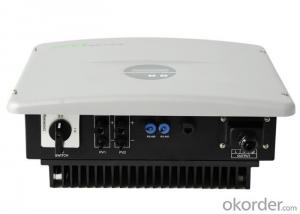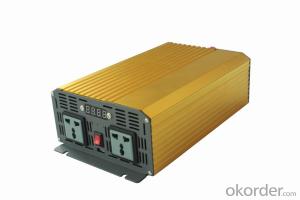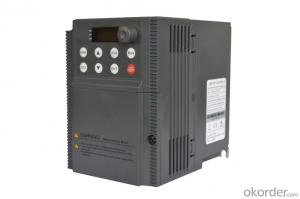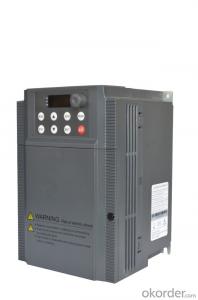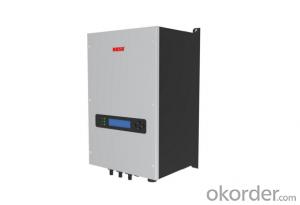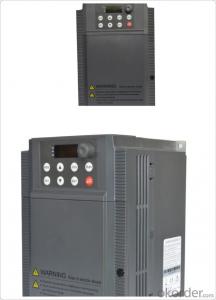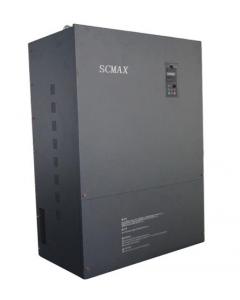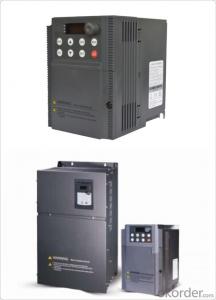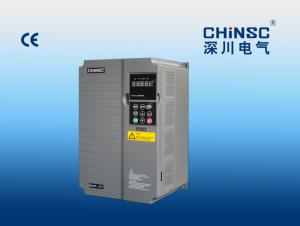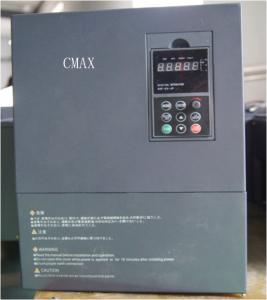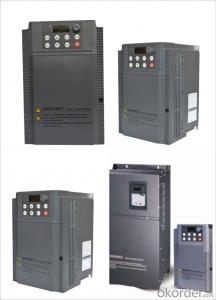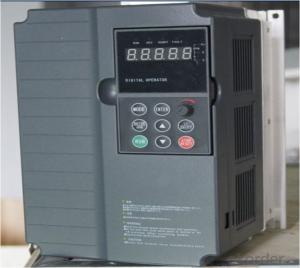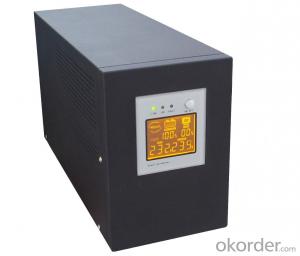Single Phase Solar Inverter
Single Phase Solar Inverter Related Searches
Inverter For Solar Inverter In Solar Red Light On Solar Inverter Use Of Solar Inverter Best Solar Pump Inverter Best Home Solar Inverter History Of Solar Inverter Advantages Of Solar Inverter Outdoor Solar Inverter Cover Best Solar Inverter On GridHot Searches
Solar Inverter For Sale Solar Inverter For Laptop Solar Inverter For Fridge Solar With Inverter Price Solar Inverter Price In Dubai Solar Inverter Price In Uae Solar Inverter Price In Kenya Solar Inverter Price In Kerala Solar Inverter Price In Ghana Solar Inverter Price In Nepal Solar Inverter Price In Ksa China Solar Inverter Price Best China Solar Inverter China 3 Phase Solar Inverter Solar Inverter Supplier In Uae Solar Inverter In Dubai Solar Inverter In Saudi Arabia Solar Inverter In Uae Solar Inverter In Kerala Best China Solar InverterSingle Phase Solar Inverter Supplier & Manufacturer from China
Okorder.com is a professional Single Phase Solar Inverter supplier & manufacturer, offers integrated one-stop services including real-time quoting and online cargo tracking. We are funded by CNBM Group, a Fortune 500 enterprise and the largest Single Phase Solar Inverter firm in China.Hot Products
FAQ
- The quality of the AC waveform directly affects the performance of a solar inverter. A clean and stable waveform is essential for efficient and reliable operation of the inverter. Any deviations, distortions, or harmonics in the waveform can lead to increased power losses, reduced conversion efficiency, and potential damage to the inverter. Therefore, a high-quality AC waveform is crucial for optimal performance and maximum power output from a solar inverter.
- The role of a power control feature in a solar inverter is to efficiently manage and optimize the power output generated by the solar panels. It helps regulate the flow of electricity, maintaining a stable voltage and frequency, while also ensuring that the maximum power point tracking (MPPT) is achieved. This feature allows for better performance, increased energy production, and the ability to adapt to changing sunlight conditions, ultimately maximizing the overall efficiency of the solar inverter system.
- Yes, a solar inverter can be connected to a backup battery system. This allows the excess solar energy generated during the day to be stored in the backup battery system for later use during times when there is no sunlight available, such as at night or during power outages.
- Yes, a solar inverter can be used with a solar car charging system. The solar inverter is responsible for converting the direct current (DC) produced by the solar panels into alternating current (AC) that can be used to charge the batteries of a solar car.
- A solar inverter handles electromagnetic interference (EMI) by implementing various measures to mitigate and minimize its impact. These measures include using proper shielding techniques, filtering the input and output signals, and complying with relevant EMI standards and regulations. Additionally, advanced digital signal processing techniques may be employed to suppress any EMI-induced noise and ensure the efficient conversion of solar energy into usable electricity.
- The role of a solar inverter in maintaining system stability is to convert the direct current (DC) electricity generated by solar panels into alternating current (AC) electricity that can be used in homes or fed back into the electrical grid. The inverter also ensures that the output voltage and frequency of the AC electricity are within acceptable limits, allowing for seamless integration with the existing power grid. By regulating and stabilizing the electricity flow, the solar inverter helps maintain the overall stability and reliability of the solar power system.
- The role of a voltage regulation feature in a solar inverter is to ensure that the electricity generated by the solar panels is converted into a stable and consistent voltage suitable for use in homes or businesses. This feature helps to protect electrical appliances and equipment from voltage fluctuations and prevents any potential damage that could occur due to over or under voltage conditions.









